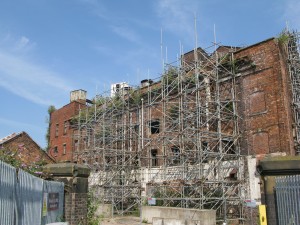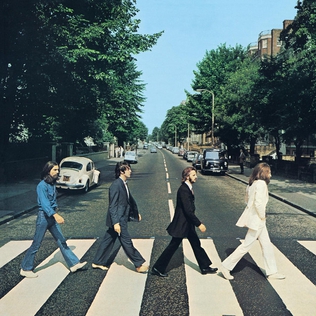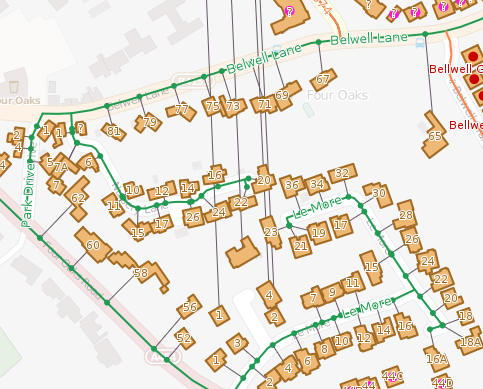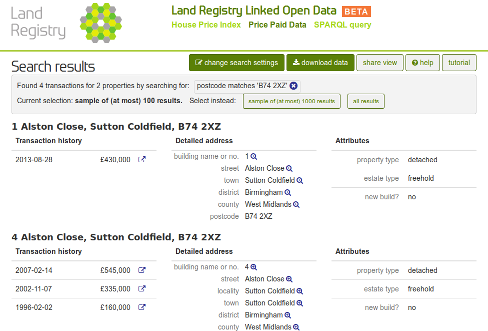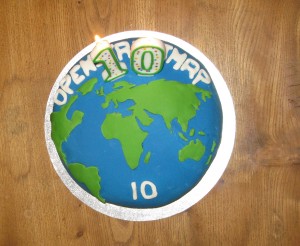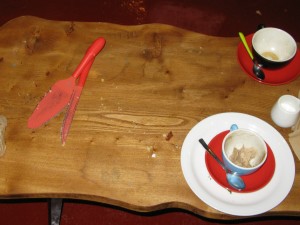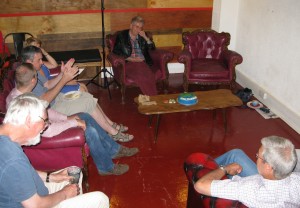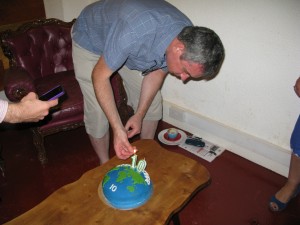Often we just want to produce a simple map showing data as a collection of pins (map markers). In this post we look at two tools that both use OpenStreetMap base maps; namely geojson.io and uMap. These are both potential alternatives to Google Maps Engine and Fusion Tables.
OpenStreetMap has come a long way in the last 10 years; we’ve reached 1.7 million registered users, over 300,000 of whom are the last editor an an object in OpenStreetMap, and we’ve contributed over 2.4 billion nodes (points) and 248 million ways (linear features). This has led to OpenStreetMap being deployed by large companies such as Apple, Mapquest and Foursquare, and relief organisations such as Médecins Sans Frontières.
However when it comes to individuals – including those who associate themselves with the Open Source or Open Data communities – many people stick with what they know. More often that not that’s Google. OpenStreetMap is quite different; as it’s not a traditional company, most of the interesting stuff is going on outside of the core openstreetmap.org website. Let’s look at two online tools that use OpenStreetMap for the base map display.
Geojson.io
Geojson.io describes itself as “a quick, simple tool for creating, viewing, and sharing map”. It has a strong focus on input/output (io) as it supports major formats such GeoJSON, KML, GPX, CSV, TopoJSON, amongst other formats listed on the OpenStreetMap wiki. The inputs can be from a file, from a GitHub (including Gist snippets) or added manually via the website’s user interface. The final map can be exported to file, to GitHub or shared as an embeddable iframe or as a standalone URL. Visual customisation is limited to a choice of three map backgrounds.
Example:
In this example I have a geojson file of pubs in and around Stratford-upon-Avon. All the data is as points (nodes) and I want to produce a simple map to display in this blog post. Using geojson.io the steps are:
- Go to geojson.io.
- Click Open and load the source file. The map data can then be edited in the right hand pane (I used the table edit to drop some columns)
- Pick a map background from the choice of Mapbox, Satellite and default OSM from the options in the bottom left.
- Click Share and copy and paste the embeddable iframe.
Here is the result:
Quick, simple and effective.
uMap
Similar to geojson.io above, uMap describes itself as a way to “create maps with OpenStreetMap layers in a minute and embed them in your site”. It supports a number of import formats including geojson, csv, kml and also allows you to draw content directly on the map. On the export side, you can download the map data in three different file formats, or share it via an embeddable iframe or stand alone URL. Unlike geojson.io, uMap has numerous customisation options, for example you can pick from 16 map backgrounds, map data can be styled with a colour, fill opacity and line type, and the popup content can be adjusted to display additional information such as images and web links. uMap also enables you to easily work collaboratively on a map. This flexibility does however make the user interface more complicated than geojson.io’s.
Example:
This example uses a file of school locations in and around Lichfield. Most of the data is stored as polygons, however it also include point data. As before the aim is to produce a simple map to display in this blog post. Using uMap the steps are:
- Go to umap.openstreetmap.fr or one of the alternate instances listed here.
- Click Create a map.
- Click Import data (the up arrow icon on the right or keyboard shortcut Ctrl+I).
- Customise using the options on the right. Here I’ve changed the map background to MapQuest Open.
- Click More on the left hand side, followed by Embed and share this map.
- Copy and paste the embeddable iframe (I also had to click Current view instead of deafult map view in the iframe options box.
Here’s the result from uMap:
Advanced, customisable, and featureful.
Tell us what you think
Have a go and let us know what you think. How do they compare with what is available from Google or others, and what would make them better. Drop us a line in the comment box below or via our twitter account, @mappamercia.
